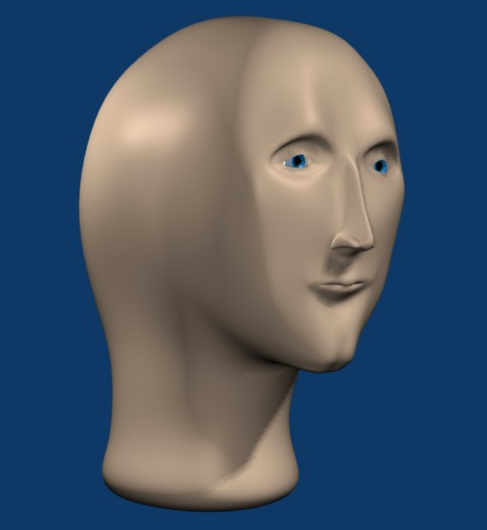I also think the computer is playing the long con. It tsunts, “It worked this time, but one day ,not tomorrow, not next week, but one day, you’ll have do a fresh install.”
- 0 Posts
- 10 Comments
Joined 1 year ago
Cake day: October 12th, 2023
You are not logged in. If you use a Fediverse account that is able to follow users, you can follow this user.
He’s being sarcastic. It’s calling out OP’s reasoning.

 3·2 months ago
3·2 months agoWhew. Good. I thought it was just me.
Vampires need to ask permission to enter and physically can’t without permission. Can the ‘can’ be read in both senses here?
Can’t wait for the Thursday night primetime release of Dr. Dog: Miracle Worker on ABC. It’d be tragic if they didn’t cast Snoop as the doc.

 21·7 months ago
21·7 months agoThis is exactly what Lewis Carroll was saying..
So my Chinese is pretty distant from actual usage, but when did 906 stop being 九百六?

Getting blasted in the face full force?